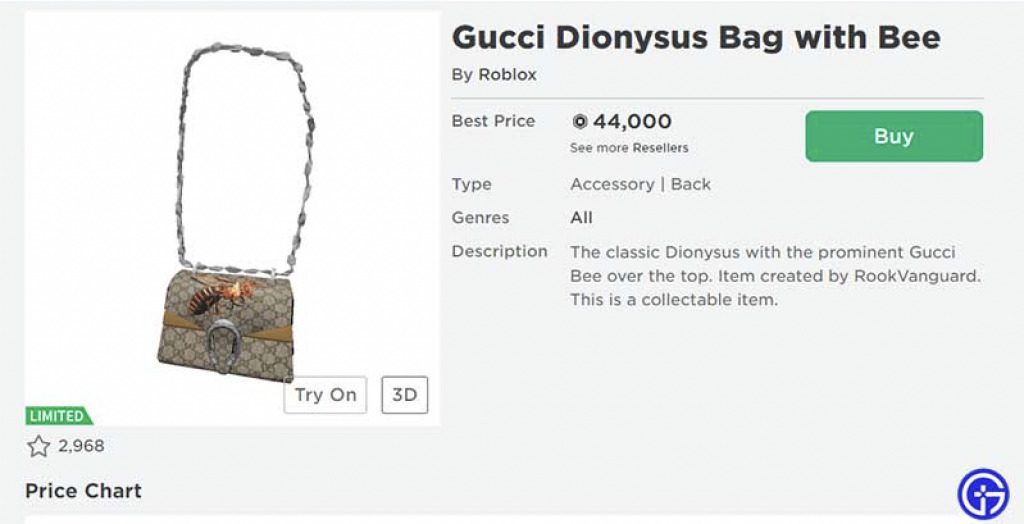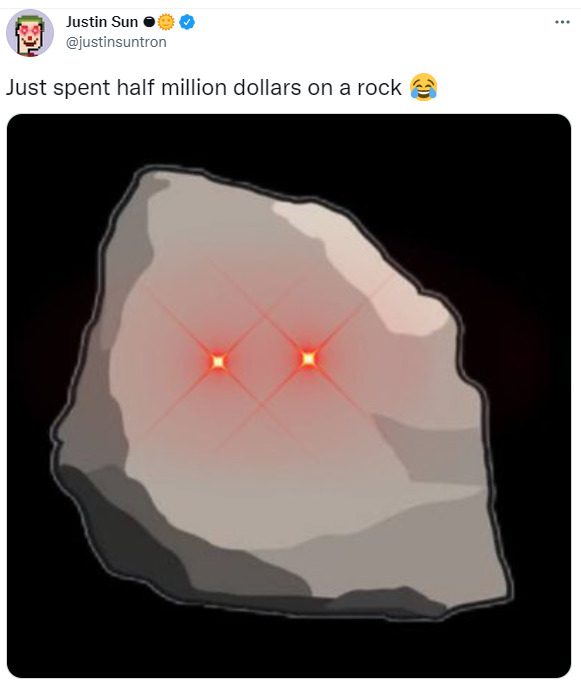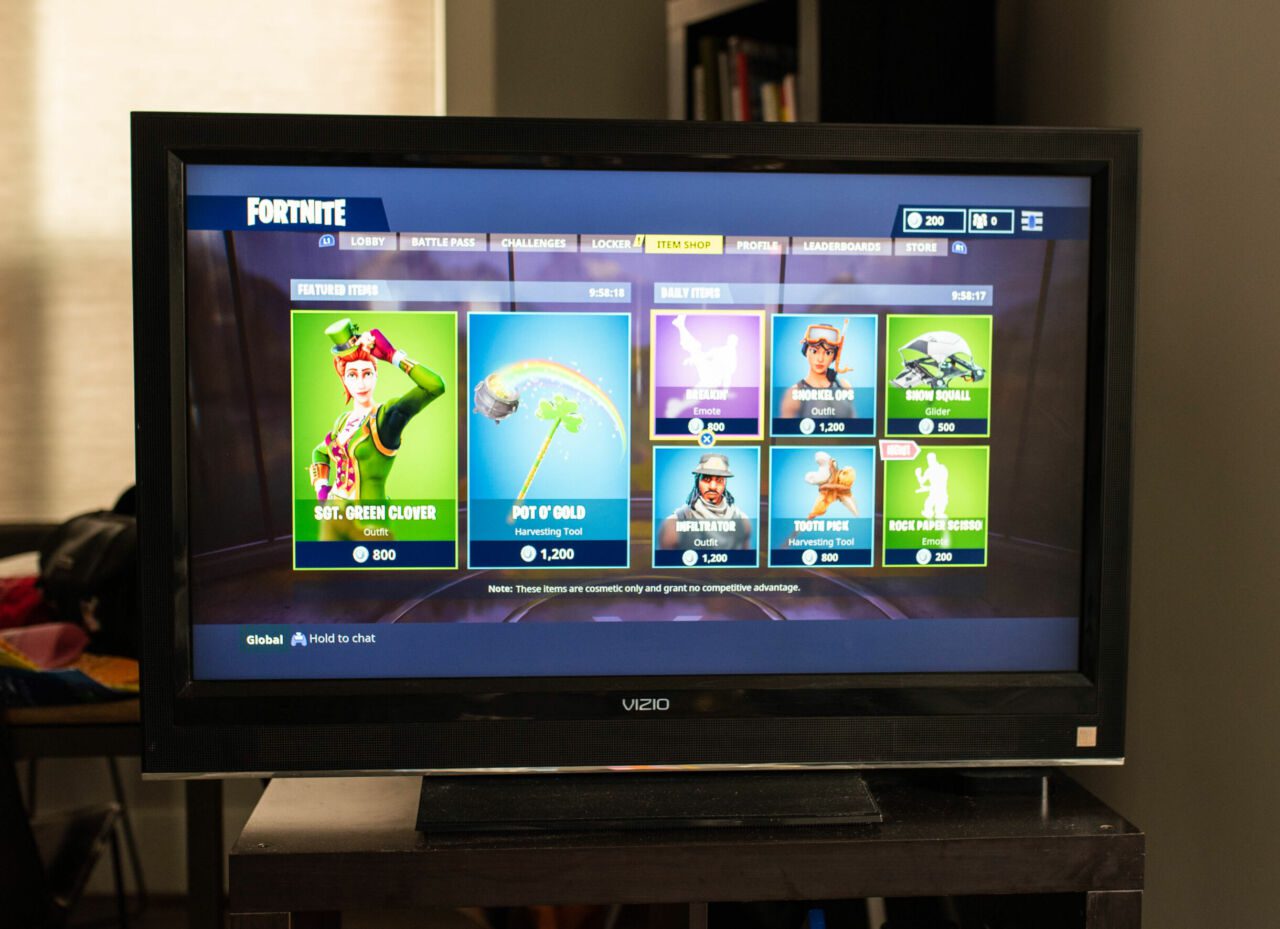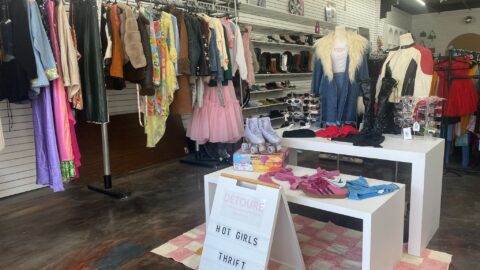There’s been a lot of talk of the “metaverse” lately. From Mark Zuckerberg’s plans to turn Facebook into a “metaverse company” to Ralph Lauren creating a digital fashion collection for avatars to wear online, executives in the real world are increasingly turning their attention to the virtual one.
As a panel of experts explained at retailX Aug. 25 in Chicago, the metaverse is implicitly tied to one of the other big digital topics of the moment — non-fungible tokens (NFTs). NFTs are units of data that represent images, videos, audio and other types of digital assets. But unlike other data files like a digital picture that can be shared and copied ad infinitum, NFTs have built-in “digital scarcity” as well as the capability to be owned by a person or company. This gives NFTs value in the metaverse in the same way that rare coins, misprinted stamps and limited-edition Beanie Babies have value in the physical world. “NFTs are the atomic unit enabling” the activities of the metaverse, explained panelist Donnie Dinch, CEO of Bitski.
The current use cases of NFTs are already varied — digital twins of physical products, facilitating services like resale or authentication, sharing provenance details of a product, creating digital souvenirs for real-world experiences or programs and unique digital collectibles or art. The list goes on, and one thing the retailX panelists agree on is that we have only scratched the surface of what this technology might eventually enable. The potential implications for retail are not just intriguing — they could potentially be transformative.
In a session titled Unlocking the Future of Retail Transactions: Blockchain, Crypto & NFTs, Dinch, alongside Pierre-Nicolas Hurstel, Co-founder and CEO of Arianee; Vanessa Grellet, Head of Portfolio Growth at CoinFund; and moderator Parinda Muley, VP of Ecommerce and Innovation, the Americas at Richemont discussed some of the most compelling use cases for NFTs in retail, including:
Advertisement
- Younger consumers in particular are beginning to value digital experiences more than physical ones and are willing to spend real money for status and self-expression in virtual ecosystems;
- Unlike other digital goods, NFTs use blockchain technology that ensures elements including quantity and value, making them useful for transacting in digital environments;
- Beyond the product itself, NFTs offer brands and creators a vehicle to build relationships with fans and consumers, for example by amplifying loyalty program rewards or unlocking actual products (like a Tesla car) or experiences such as a backstage pass; and
- The NFT space is still relatively nascent, so now is the time for brands to experiment.
Spending Real Money on Virtual Products
“I won’t surprise anyone when I say that we live in a digital world, even more so now after COVID, but also because we have an entirely digitally native generation coming in that values digital more than physical,” said Grellet of CoinFund, an investment firm in the blockchain sector. “We’ve seen a Gucci bag worth more in the digital world than the real Gucci bag. NFTs are how you show up in their world, it’s who you are, it’s how you connect with community, and that also translates to the retail world and customer experience.”

The Gucci bag that Grellet mentioned was sold on the gaming platform Roblox for 350,000 Robux (the digital currency traded in this digital world), which works out to roughly $4,115 — $700+ more than the bag’s real-world retail value of $3,400. That bag was not actually an NFT, but it was a digital-only asset, meaning it could only be used in the Roblox world — the purchaser does not own a physical version of the bag IRL as well.

If you’re looking for an example of an actual NFT that made headlines recently, look no further than the “EtherRock.” It’s one of the oldest NFTs around and it just sold for a whopping 400 Ether (equivalent to $611,700) earlier in August 2021. It is essentially clip art of a rock. The cartoon rock’s new owner, Justin Sun, founder of the cryptocurrency platform Tron, announced his purchase in a social media post with the caption: “Just bought a rock for half a million dollars” and the LOL emoji.
True, this can all seem a bit ridiculous, and some of it is. Sun’s purchase, for example, was likely (at least in part) a publicity stunt for his new NFT fund. But this tech entrepreneur’s willingness to invest that much in a piece of NFT history, while at the same time launching an investment fund focused on NFTs, speaks to the potential of this next-gen commerce vehicle.
The fact is, the growing prominence of NFTs has very real implications for the world of retail, and many others besides.
“NFTs are pieces of content that, based on the things that you do with them, increase or decrease in value, which is very compelling,” explained Dinch at the retailX session. Dinch’s company Bitski is a blockchain wallet infrastructure provider that allows companies to create, sell and purchase NFTs. “Everyone talks about the metaverse, it’s a bit of a buzzword, but ultimately it’s just a digital place where there is an opportunity for economic activity, where people can create jobs and sell things and do things, and NFTs are the atomic unit of enabling that.”
Ownership in the Metaverse
The metaverse is in fact a real place now, according to Gellet: “Huge communities are being created in the metaverse,” she said at the conference. “People are buying land in the metaverse, people are creating digital offices, there is a ‘Second Life.’ I don’t know if [everyone here is] old enough to remember that company, but we’re really there.”
And NFTs are one of the tools powering transactions in this space: “Before NFTs, if I had a picture on my phone and I sent it to three other people, we had four pictures on the internet,” said Hurstel of Arianee, which helps luxury and fashion brands give a digital life to their physical products. “They could send [that picture] and send it again, and the person’s picture is copied infinitely. NFTs have created digital scarcity, the possibility to have value online.
“That’s the first thing,” Hurstel added. “The second thing is ownership. Now you have something that is scarce, and on top of that you can be the actual true owner of this digital element. You can have the guarantee that no one else has one or that you have one of four. You can keep it securely on your device. These two elements are really interesting in the digital world — scarcity and true ownership.”

But will consumers spend actual money on digital products? Beyond the extreme examples of Gucci bags and EtherRocks there is already ample proof that they will — in the form of the billions of dollars consumers spend every year on skins, accessories and other virtual assets for online games and worlds.
A recent survey by digital media consulting firm Vorhaus Advisors actually found that 63% of gamers would spend more if their virtual goods had real-world value and could be traded or sold, and 64% said they would play more often.
“Self-expression is something that is just transcendent, and younger folks want to spend more time expressing themselves in digital places than physical places,” said Dinch. And while you can’t currently sell a skin in Fortnite for legal tender or tangible goods, blockchain technology and NFTs “give you the ability to own something digitally unique, and you can have liquidity with that,” added Dinch. “What if you could [sell the Fortnite skin]? That is a use case and outcome that blockchain enables.
“Outside of just creating these collectible pieces of content, we’ve also expanded it to include physical redemption or utility redemption, which is where the owner of this NFT has the ability to basically change the state, so say ‘Hey I’m going to go in and redeem this for a backstage pass or a meet-and-greet or a cameo,’ and the status of the NFT gets updated as ‘redeemed,’ said Dinch. “The other thing that we’ve done is try to create content that can live in multiple places. It would be wonderful if anytime I bought a [digital] sweatshirt, I could wear it in all the digital places I’m spending time.”
NFTs Offer New Ways to Engage Shoppers
“We’re seeing a lot of traction in the luxury sector,” said Hurstel. “When you buy something really expensive, clients are inclined to do more with it — it’s an investment, they may want to resell it. All the brands [currently entering this space] start with digital twins for the expensive products, but the more they understand, the more they are trying to use this as the new foundation of their relationship with clients. What they are all trying to unlock is, ‘What can I do when I have a digital piece of value? What can I open? Can I open a physical door? A digital door? Access to exclusive content? Where can I generate trust and transparency?”
Turns out the answer is yes. Hurstel gave an example of Arianee technology that was used to literally open the door of a Tesla — in a video demonstrating the technology, viewers see that the door of the Tesla is locked. Using his phone, the owner generates a “certificate transfer,” the borrower receives the certificate, is verified and is then able to open the door of the car. No physical key in sight, just a smartphone and behind the scenes, blockchain.
Applications don’t have to be quite so flashy though: “You have to meet people where they are,” said Grellet. “Maybe you have loyalty points or a card. You can use this technology to enhance the experience around that. I would look at tiers of audiences and see where you can meet them halfway.
“NFTs and tokenization are a way to engage differently with your audience by using the tokens to incentivize and interact with your clients,” she added. “[By distributing] tokens or NFTs to their clients, brands are able to really engage and enrich the customer experience.”
This idea of NFTs as the basis of a brand’s relationship with consumers hits on the wider potential of the technology: “We believe that these new, scarce digital assets are going to become the new social graph, that [NFTs] are going to be the foundation of the relationships between creators, brands and their communities, totally decentralized in a private way,” said Hurstel.
Decentralization is a critical component of the appeal of NFTs as a method for connecting with consumers and fans. “When you use Instagram, your followers are not your followers. They are part of Instagram’s database, so yes [people] follow you, but they’re not yours. When you start distributing NFTs, you distribute pieces of your digital value. The NFT owner is your NFT owner, they are in direct digital contact with you without any middleman. This is a real opportunity for forward thinkers to gain back the internet that has been taken by centralized players.”
First-Mover Advantage
Another thing the panelists all agreed on is that things are just getting started and there is still plenty of opportunity to get into the NFT game. “We’re just at the beginning, so take that opportunity to experiment and be a pioneer,” said Gellet. “First-mover advantage always pays off. Get familiar with the technology, dive deep and don’t hesitate too much.”
“Start out with a series of small experiences,” advised Dinch. “You’re not going to be able to map out your NFT strategy over the next five years — nobody can because the pace of change is absolutely astounding. Establish a few different proof points; that’s what we’ve seen work really well with bigger retailers.”
To learn more about NFTs and the metaverse check out this episode of the “Retail Remix” podcast where Justin Banon, Founder and CEO of Boson Protocol talks about his company’s plans for virtual malls that are everything you can imagine and more.









